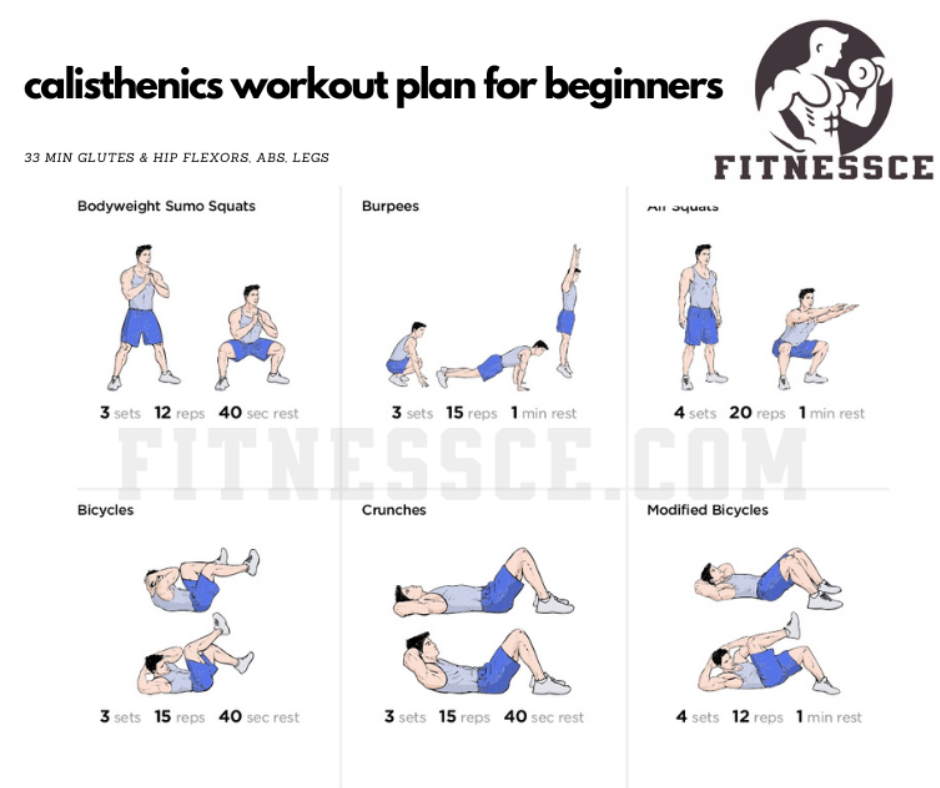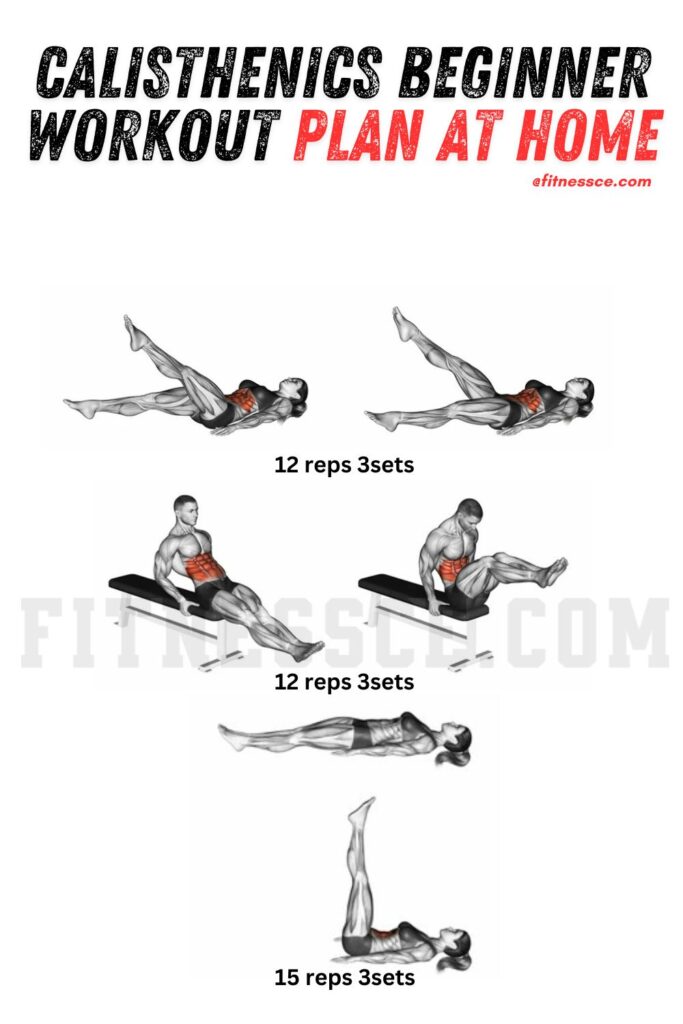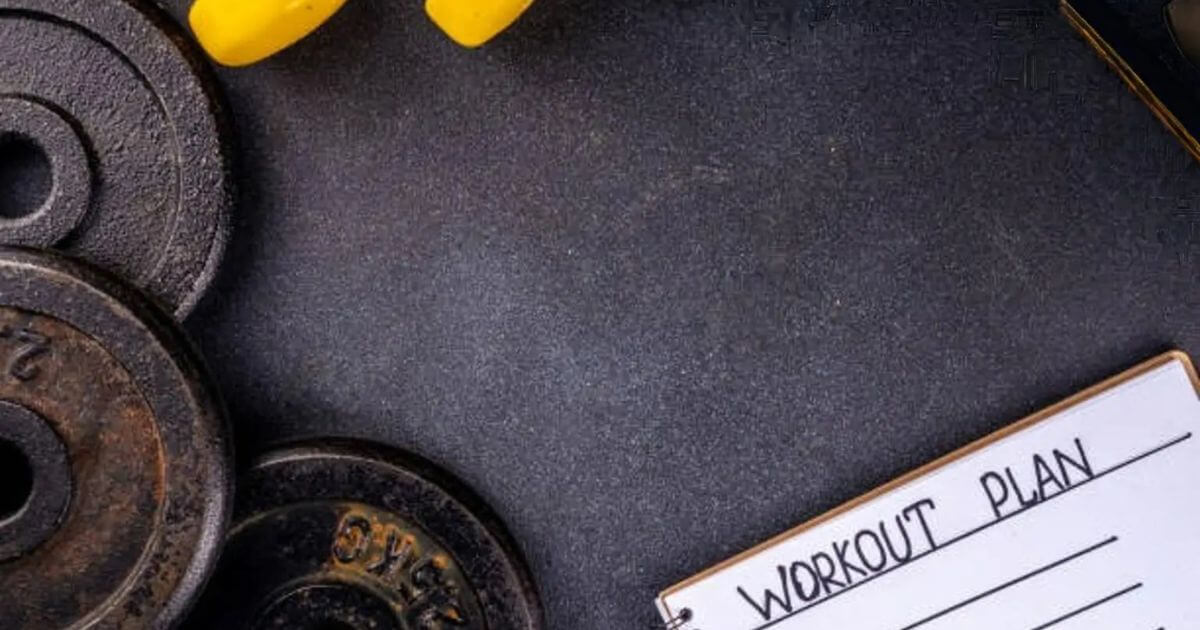Have you ever yearned to change your usual exercise? For beginners at home, calisthenics workout plan for beginners. As you move your body, you can build strength with confidence from your own weight. Use this book to start your path towards betterment in fitness.
Creating a callisthenics routine for newbies is a crucial initial step. It’s about developing health and strength. We will review the foundations and key workouts in this first stage to help you become a better you.
Important Lessons
• Callisthenics allows you to perform a range of exercises using really minimal equipment.
• The basis of the first calisthenics regimens is bodyweight exercises.
• One must grasp fundamental notions if one has a good plan.
Realistic goals can enable you to maintain strong motivation.
• You can perform callisthenics right in your own house.
• Constant success depends on your being in tune with your body and making required changes.

Knowing Callisthenics and Their advantages
Calisthenics—a form of strengthening and stretching performed just with your body weight—is one approach to start shaping. It combines fundamental motions that help one get fit. Do some callisthenics when you first start off to help.
Practicing callisthenics requires one to use merely one’s own body weight as resistance. You might work on planks, pull-ups, squats, and push-ups. These exercises help you to improve your agility and build your muscles.
A solid callisthenics program for novices allows you study at your own speed. You will improve at these fundamental moves.
Callisthenic Physical advantages
Callisthenics offers several physical advantages. It increases your flexibility, equilibrium, and power. It also facilitates better cooperation among your muscles, so enhancing your performance in sports and other activities. Your body shape might vary as you keep working on these workouts. A better lifestyle can follow from this. The positive aspects of callisthenics are increasingly evident to more people.
Callisthenics’ mental advantages
Callisthenics offer mental advantages as well. Regular exercise has the side effect of making one cheerful and less stressed. Benefits abound in developing mental toughness, focus, and self-control.
Learning more challenging callisthenics can help you to increase your motivation and confidence. Starting a callisthenics workout program helps the mind and body.

Important Designing Principles for Your Workout Plan
Beginning a fitness program includes knowing fundamental ideas for your exercise schedule. Emphasise the need of recognising your present degree of fitness and of establishing goals you can accomplish. This lays a good basis for expansion.
It helps you to apply the best calisthenics workout plan for beginners.
Setting reasonable objectives
Start by clearly and realistically defining your exercise goals. Divide major objectives into smaller, quantifiable actions. Try to complete a specific amount of repetitions or workouts within a designated period, for instance.
Staying motivated is achieved by concentrating on establishing fitness targets this way. Along the road you also get to enjoy little victories.
Evaluating Your Current Level of Fitness
See how fit you are right now before beginning a callisthenics program for beginners. This guides your choice of exercises. Knowing where you start helps you to customise your workouts to match your level of ability.
Grasping Development and Adaptation
Any decent exercise program depends on progress. Try additional repetitions, modify workouts, or include tougher actions as you grow stronger. This increases your performance and maintains the enjoyment of your workouts.
Monitoring these developments reveals your increasing progress over time. It emphasises the need of diligence in attaining your objectives.
Selecting Correct Callisthenic Exercises for Novices
Beginning your path of fitness with callisthenics is interesting. One should be aware of the basic bodyweight motions. Selecting appropriate workouts lays a firm basis. This increases your degree of fitness and strength.
A good starting callisthenics program consists in basic yet powerful exercises. Important bodyweight motions as well as the ideal beginning exercises will be discussed in this part.
Simple Bodyweight Exercises
Your callisthenics program consists mostly of bodyweight exercises. Incorporate these basic motions for balanced muscle activation:
• Push-ups help to strengthen core stability and upper body.
• Squats will help to improve lower body mobility and strengthen the legs.
Targeting many muscular groups, lunges help to improve coordination and balance.
• Dips: With little equipment, pay special attention to tricep development.
• Planks: Offer training in stability and core reinforcement.
Best Calisthenics Exercises for Beginners
For a beginner-friendly workout, mix the above movements for a balanced routine. Here’s a sample overview:
| Exercise | Repetitions | Sets |
| Push-Ups | 8-12 | 3 |
| Squats | 10-15 | 3 |
| Lunges | 10 each leg | 3 |
| Dips | 6-10 | 3 |
| Planks | 30-60 seconds | 3 |
Using this method will equip you for increasingly difficult callisthenics difficulties. During these workouts, stressing proper form will help to reduce the chance of injury. As you advance on your exercise path, give consistency top priority to maximise your strength increases.
How to Design a Beginner’s Callisthenics Workout Program
Making a callisthenics training plan for beginners results in a balanced program. It should call for a warm-up, the main workout, and a cooldown. On your fitness road, every component is essential for your success and safety.
Beginner Callisthenics Routine Structural Analysis
Try to target several muscle groups when developing your basic callisthenics exercise. Simplify and control it really easily. A solid framework consists of:
Warm-up: Spend five to ten minutes doing energetic motions including arm circles, leg swings, or jumping jacks. This calms your body.
Start with simple workouts like lunges, squats, and push-ups in main work. Resting thirty to sixty seconds between sets, do two to three sets of eight to twelve repetitions.
Finish with static stretches to aid in recovery. cooldown Hold every stretch between fifteen to thirty seconds.
Including warm-up and cool-down
Without a warm-up and cooldown, your callisthenics program would be lacking. A good warm-up gets you psychologically ready, increases flexibility, and raises heart rate. The cooldown increases flexibility and helps to lower muscle soreness. Spend some time in these phases both before and after your workout.
Following this approach will help you to root your fitness path. It gives your basic callisthenics program an interesting and useful twist.
Simple Callisthenics for Novices to Try Right at Home
Starting your callisthenics adventure at home can be both enjoyable and successful. With little equipment, an effective callisthenics program for beginners helps you increase strength and flexibility. You can modify this sample home training plan to suit your equipment and area. For novices working at home on callisthenics, it’s ideal.
Sample Home Workout Routine
This sample home workout includes basic movements that work different muscle groups. Do three rounds of these exercises, resting for 30 seconds between each round:
| Exercise | Repetitions | Duration |
| Push-ups | 10-15 | Rest for 30 seconds |
| Bodyweight Squats | 15-20 | Rest for 30 seconds |
| Planks | – | 30 seconds |
| Jumping Jacks | 20 | Rest for 30 seconds |
| Leg Raises | 10-15 | Rest for 30 seconds |
Adjusting Exercises for Your Space and Equipment
Change this workout to fit your own requirements using the furniture in your room. For elevated squats or push-ups, for example, you might lean on a wall. Resistance bands let you make your workout more challenging. Make sure every exercise you do fits your comfort and degree of fitness. During push-ups, you could find yourself needing wall support.
• Greater stability comes from seated squats.
• Resting on your knees lets you change the plank positions.
Using a band or towel, incorporate dynamic stretches; this approach of callisthenics performed at home makes workouts more fun and accessible. It prepares you for a good path of fitness.
Plan Your Callisthenics Exercises
Your callisthenics training should be well planned. Novices should try for three to five sessions a week. Based on your degree of fitness and the activities you perform, each session should run thirty to sixty minutes.
This approach lets you challenge your muscles without becoming overly exhausted. This helps one maintain developing without burning out.
Workout Frequency and Timings
Plan your workouts such that the intensity and duration alternate. This keeps things fascinating and supports personal development. As you grow stronger, progressively extend the time, starting with shorter sessions.
Make sure you engage in activities targeting all of your main muscles. This promotes consistent, equal strength.
Managing Rest Days for Healing
Effective callisthenics need rest days. Your muscles require time to heal and get more powerful. Change your exercise to fit your body’s demands.
Try to arrange at least one to two complete rest days every week. You can thus keep improving while your body heals and stays free from difficulties.
Common Questions
Beginning a callisthenics program requires what?
calisthenics workout plan for beginners is one which makes use of bodyweight exercises. It intends to increase fitness, flexibility, and strength. Laying a strong basis begins with simple motions including push-ups, squats, and planks.
How should I design a callisthenics beginners program?
Before starting a beginners’ callisthenics program, find your current level of fitness and set reasonable goals. Add important workouts using just your body weight. A good workout calls for a warm-up, the main exercises, and a cool-down. As you improve, raise the workout’s intensity.
For beginners, which callisthenic exercises are best?
Among the top callisthenics exercises for beginners are push-ups, squats, lunges, dips and planks. These drills are excellent for strengthening and enhancing form. They also engage numerous muscles concurrently.
Can I begin callisthenics at home?
Indeed, callisthenics for beginners at home with minimal or no equipment are possible. Furniture can be used for support or modify activities to fit your area.
For novices, what does an easy callisthenics session consist in?
For beginners, an uncomplicated callisthenics program could consist of fundamental drills. Do three sets of 8–12 push-ups, three sets of 10 squats, and three sets of 30–second planks, for instance. Your degree of fitness will determine how many repetitions and sets you should do.
How often should a novice plan callisthenics sessions?
Novices should try for three to five sessions a week. Every session runs thirty to sixty minutes. Don’t forget to schedule rest days to enable your body to heal.
For beginners, what should I put into my callisthenics exercise program?
Your beginners’ callisthenics program should feature a range of fundamental exercises. Plan a warm-up to prime your muscles and a cooldown to aid with recovery. The key is also tracking your development and modifying your program as you improve.
How can I make sure my callisthenics practice advances?
Increase the repetitions, sets, or try more difficult exercises to improve in your callisthenics program. Maintaining your motivation will depend on tracking your development.



















One thought on “How to design a calisthenics workout plan for beginners”
Comments are closed.